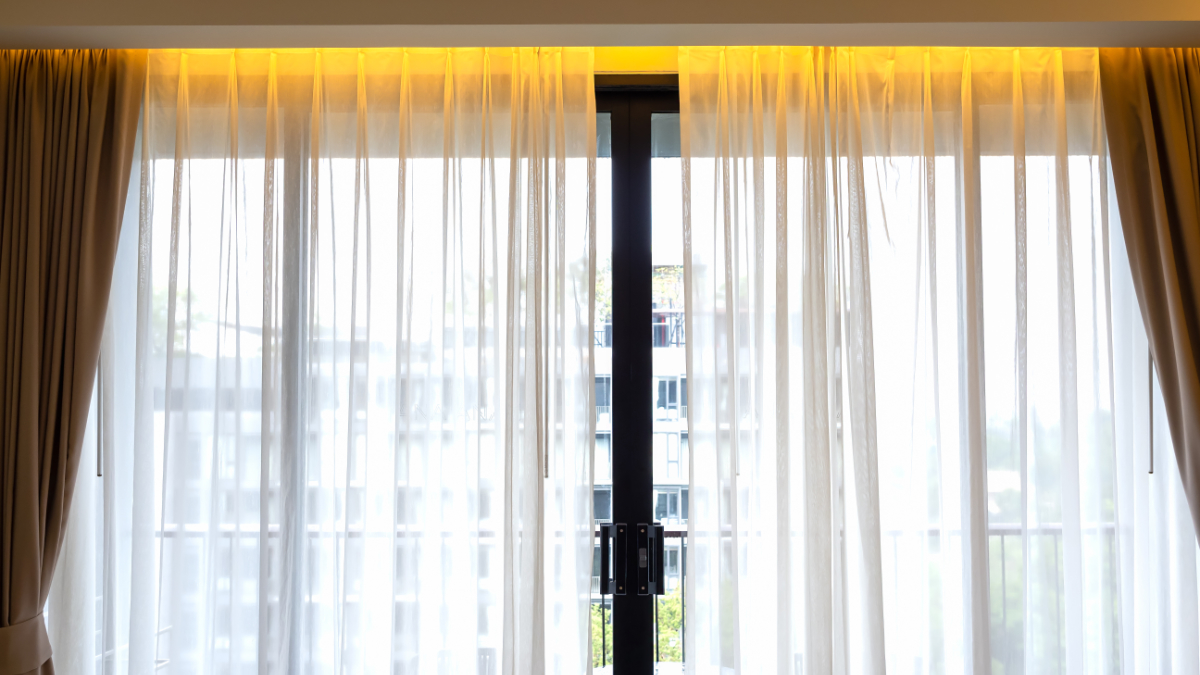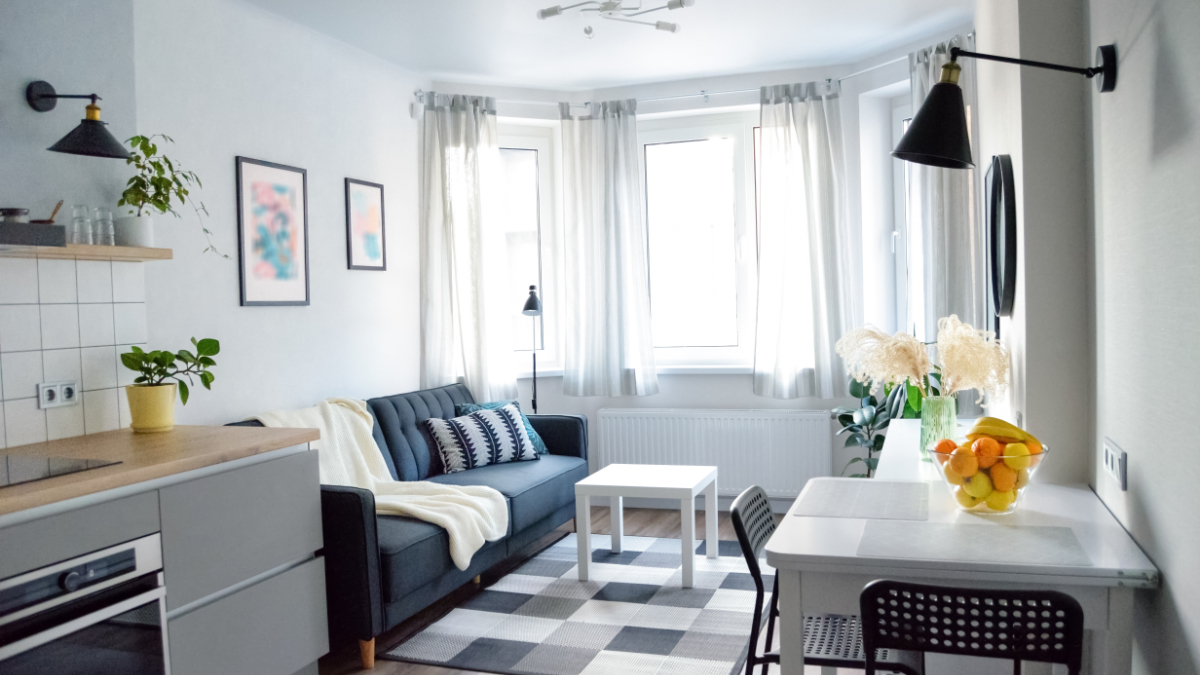Retrofitting or building a home that is more sustainable is important not only to reduce your carbon footprint but also to save you money in the long run. Some easy ways to start this process are by using locally sourced, non-toxic, and easily renewable materials. By investing in these materials vs. cheaper alternatives you can decrease energy used in production, distribution, and transportation. Here are some easy options to get started with your new sustainable home:
- Choosing items that have been recycled or sustainably harvested are both cheaper and more environmentally-friendly. For instance, buying bamboo wood flooring can reduce your overall carbon footprint. Bamboo is a sustainably grown and easily regrown resource.
- Small changes to LED, as opposed to incandescent and fluorescent bulbs, reduce the amount of toxic gasses associated with production and installation. These bulbs are also more adaptable in size, emit less heat and have a life of 35,000 to 50,000 hours compared to their less eco-friendly alternatives.
- If you’re looking for a larger renovation that will cut emissions, installing solar panels to convert your energy source to a sustainable and reliable alternative is a fantastic route.
- In bathrooms, swapping for low flow toilets, showerheads and faucets can provide you with the right amount of water you need without excess waste. Most of these swaps can be done by you with no extra cost of a contractor!
- When updating windows, look for the ENERGY STAR label to find quality windows that meet efficiency standards. Coated windows can help reduce heat gain in warmer climates and gas-filled windows can help those in cooler climates retain indoor heart.
- Minor window and windowsill updates are also an easy alternative. Caulking and weatherstripping current windows can make sure air slippage is reduced. Even just adding external shades can drastically reduce the temperature in the room the shade faces, especially in rooms with afternoon sun.
While the rarity of certain items over others might be attractive on face value, associated cost and the carbon footprint of your purchases can be reduced by looking into alternatives. Making small changes of your own can make a huge difference in the cost of your energy bills. If you are buying new or looking for installation, look to local organizations, companies, and contractors that put environmental sustainability at the core of their work to make a home just as ethically conscious as you.





